Traveling to America
Regional Outbreaks
Many regions in the USA have reported outbreaks of some diseases that are not common in other parts of the world and some that are well known. These outbreaks can be broadly classified as follows:
Plague and Hantavirus are two conditions reported in some areas.
Plague
Wild rodent plague occurs occasionally in the rural areas of the Americas especially the western third of the United States, adjacent areas of Canada and parts of South America including Ecuador, Bolivia, Brazil and Peru.The risk for travelers is small,but they must be aware of any outbreak while visiting risk prone areas.
Plague is a bacterial infection caused by rodents and their fleas. Humans are usually infected by a flea bite. However, it can also be acquired through direct contact with infected animals or materials and also through inhalation of infected droplets. If infected, prompt diagnosis and treatment with antibiotics is necessary, otherwise it can be fatal.
The vaccine for plague,once commercially available, has been withdrawn. Vaccination against plague is not required anymore by any country at its port of entry.
Hantavirus pulmonary syndrome
A rodent transmitted disease that affects the respiratory and /or the renal systems. The first outbreak in the U.S. was in 1993. Animals are more often affected; human infection is rare. It is not transmitted from human to human.
Fungal Infections
Coccidioidomycosis
Coccidioidomycosis is endemic to Southwestern United States. In recent years, the states of Arizona and California have reported an increase in its incidence.
Commonly referred to as “ Valley fever,” Coccidioidomycosis is a disease caused by the fungus Coccidioides species found in the soil. Travelers to infected areas can acquire this disease through inhalation of fungal spores (conidia) from the dust in air. People at risk include those with pulmonary disease, diabetics, the elderly and recent smokers. Risk can be reduced by limiting exposure to dust and wearing masks. A Coccidioides infection is self limiting and confers immunity on the affected individual against reinfection. There is no effective vaccine against this infection.
Histoplasmosis
Outbreaks of this soil fungal disease occur in Mississippi, Ohio, and St. Lawrence River valleys.
Histoplasmosis Infection is through inhalation of spores from soil contaminated with bat or bird droppings. Most people affected with this disease recover within 2-3 weeks after the onset of symptoms, but fatigue may persist for some more time.
Vector Borne Diseases
Lyme disease
This bacterial infection caused by the bite of a deer tick is endemic to north-east, north central (upper Midwest), and Pacific coastal areas of North America. Lyme disease may manifest initially as a rash with flu-like symptoms followed cardiac, musculoskeletal or psychiatric manifestations and some of these maybe severe. If treatment is begun early, antibiotics can supress the symptoms.
Between 1998 and 2002 a vaccine was available against a North American strain bacteria; it was later withdrawn from the shelves. Research is on for newer vaccines.
West Nile Virus (WNV)
Many believe that West Nile virus is a seasonal epidemic in North America surfacing during summer and continuing well into autumn.
WNV is a serious infection caused by the bite of infected mosquitoes. Symptoms may be mild, serious or in some cases never manifest.The best way to avoid WNV is to prevent mosquitoes from biting you!
A word of caution-as mosquitoes are infected by feeding on infected birds, do not handle bodies of dead birds with bare hands. Instead, report it to the nearest local health department.
- Rodent Transmitted Diseases
- Fungal Infections
- Vector Borne Diseases
Plague and Hantavirus are two conditions reported in some areas.
Plague
Wild rodent plague occurs occasionally in the rural areas of the Americas especially the western third of the United States, adjacent areas of Canada and parts of South America including Ecuador, Bolivia, Brazil and Peru.The risk for travelers is small,but they must be aware of any outbreak while visiting risk prone areas.
Plague is a bacterial infection caused by rodents and their fleas. Humans are usually infected by a flea bite. However, it can also be acquired through direct contact with infected animals or materials and also through inhalation of infected droplets. If infected, prompt diagnosis and treatment with antibiotics is necessary, otherwise it can be fatal.
The vaccine for plague,once commercially available, has been withdrawn. Vaccination against plague is not required anymore by any country at its port of entry.
Hantavirus pulmonary syndrome
A rodent transmitted disease that affects the respiratory and /or the renal systems. The first outbreak in the U.S. was in 1993. Animals are more often affected; human infection is rare. It is not transmitted from human to human.
Fungal Infections
Coccidioidomycosis
Coccidioidomycosis is endemic to Southwestern United States. In recent years, the states of Arizona and California have reported an increase in its incidence.
Commonly referred to as “ Valley fever,” Coccidioidomycosis is a disease caused by the fungus Coccidioides species found in the soil. Travelers to infected areas can acquire this disease through inhalation of fungal spores (conidia) from the dust in air. People at risk include those with pulmonary disease, diabetics, the elderly and recent smokers. Risk can be reduced by limiting exposure to dust and wearing masks. A Coccidioides infection is self limiting and confers immunity on the affected individual against reinfection. There is no effective vaccine against this infection.
Histoplasmosis
Outbreaks of this soil fungal disease occur in Mississippi, Ohio, and St. Lawrence River valleys.
Histoplasmosis Infection is through inhalation of spores from soil contaminated with bat or bird droppings. Most people affected with this disease recover within 2-3 weeks after the onset of symptoms, but fatigue may persist for some more time.
Vector Borne Diseases
Lyme disease
This bacterial infection caused by the bite of a deer tick is endemic to north-east, north central (upper Midwest), and Pacific coastal areas of North America. Lyme disease may manifest initially as a rash with flu-like symptoms followed cardiac, musculoskeletal or psychiatric manifestations and some of these maybe severe. If treatment is begun early, antibiotics can supress the symptoms.
Between 1998 and 2002 a vaccine was available against a North American strain bacteria; it was later withdrawn from the shelves. Research is on for newer vaccines.
West Nile Virus (WNV)
Many believe that West Nile virus is a seasonal epidemic in North America surfacing during summer and continuing well into autumn.
WNV is a serious infection caused by the bite of infected mosquitoes. Symptoms may be mild, serious or in some cases never manifest.The best way to avoid WNV is to prevent mosquitoes from biting you!
A word of caution-as mosquitoes are infected by feeding on infected birds, do not handle bodies of dead birds with bare hands. Instead, report it to the nearest local health department.





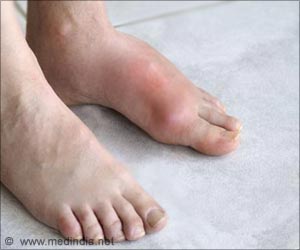



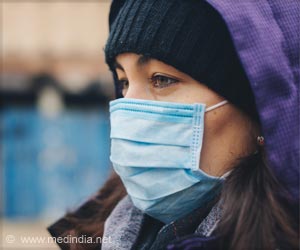
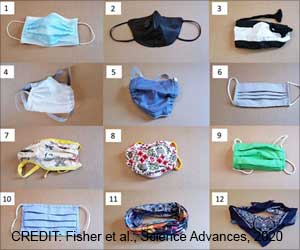




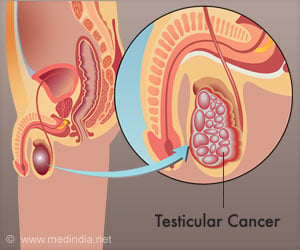
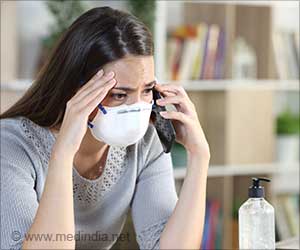

Post your Comments